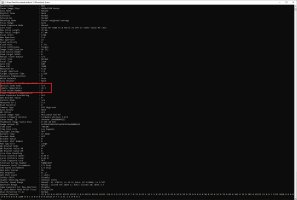so A7Siii is not weather sealed?I can't get through a single thing from EOSHD. That guy is so full of ego and states his opinions as facts without sufficient logic or substantiation. Having a following doesn't make someone right. He typically makes emotional stabs at anyone in his forum who dares to disagree with him, however civilly they are discussing a matter.
As for making assumptions on the teardown and materials of R5? Are any of these talking heads or random people with angry opinions (because they can't buy a cinema camera for $4000) actually electronics engineers or have ever done a thermal analysis? If so, I expect more rigor than they are presenting. I have plenty of knowledge in this area and will leave it at that, but I'm not here making speculations despite my knowledge. Unless I know the power dissipation of all components in all modes, the thermal resistivity in each material, and run a 3D thermal analysis myself, I know better than to guess. There is no point acting like we know what the problem fully is. Sure, testing might yield some results, but people acting like Canon are idiots are being unfair....The assumption that armchair engineering is better than a dedicated team that cares about the product at Canon is ridiculous.
Regarding calling for legal action because people cannot read a spec sheet? Good luck in court with that weak argument and your 'righteous' anger. Pretty hard to make a legal case when you were told prior to purchase there are limits with the camera video modes, and that other camera activity could also downgrade the recording time.
Yes, if all you care about is a dedicated video camera that does all this incredible footage in a tiny MILC body, it is not for you, grab a Sony and enjoy life and 12MP stills. You are also unrealistic for thinking a full frame high MP camera with IBIS in a weather sealed body would NOT have some heat issues doing all that. As the mirrorless 5D5 this camera delivers incredible stills and light duty video. I'm having a blast with it and already producing great images.
Certain people always focus on the negative and are always victims no matter how much logic is applied.
Upvote
0

